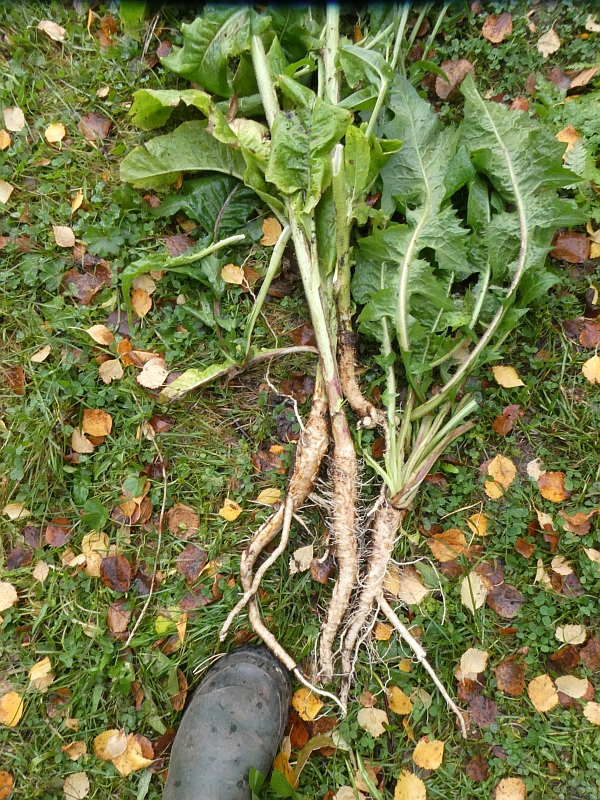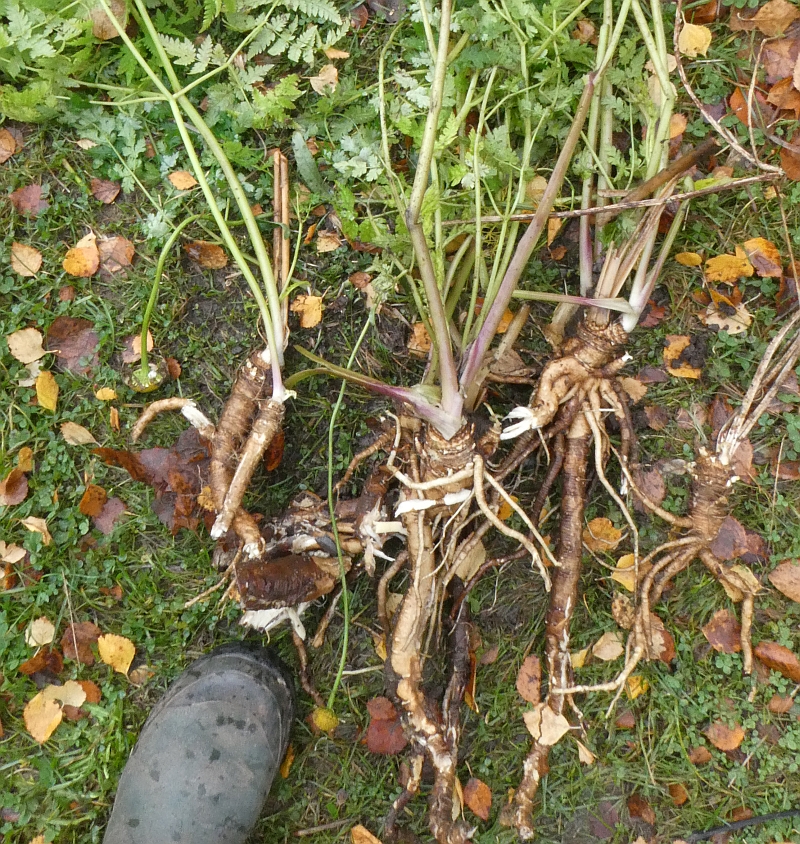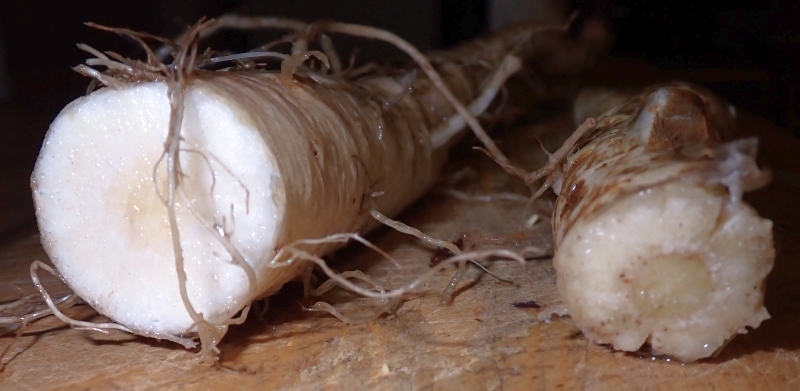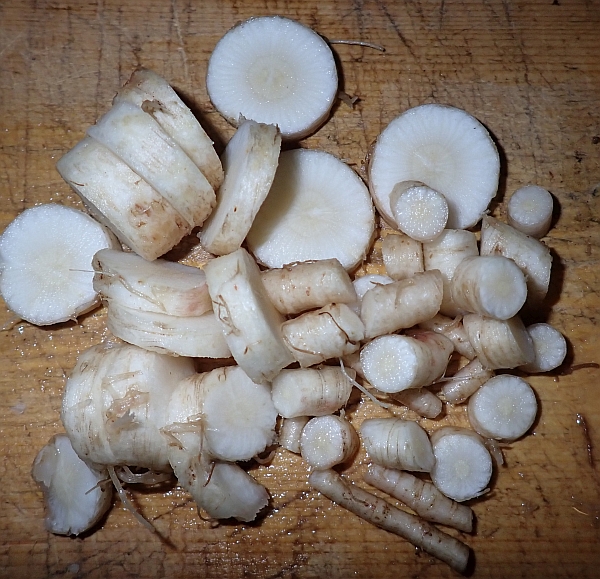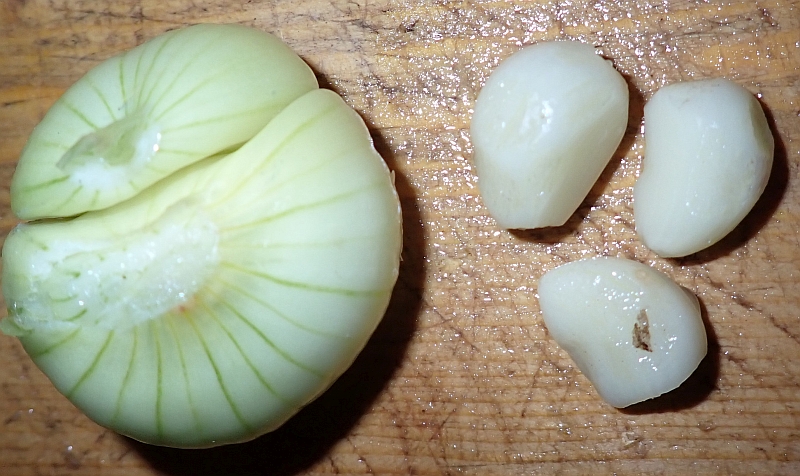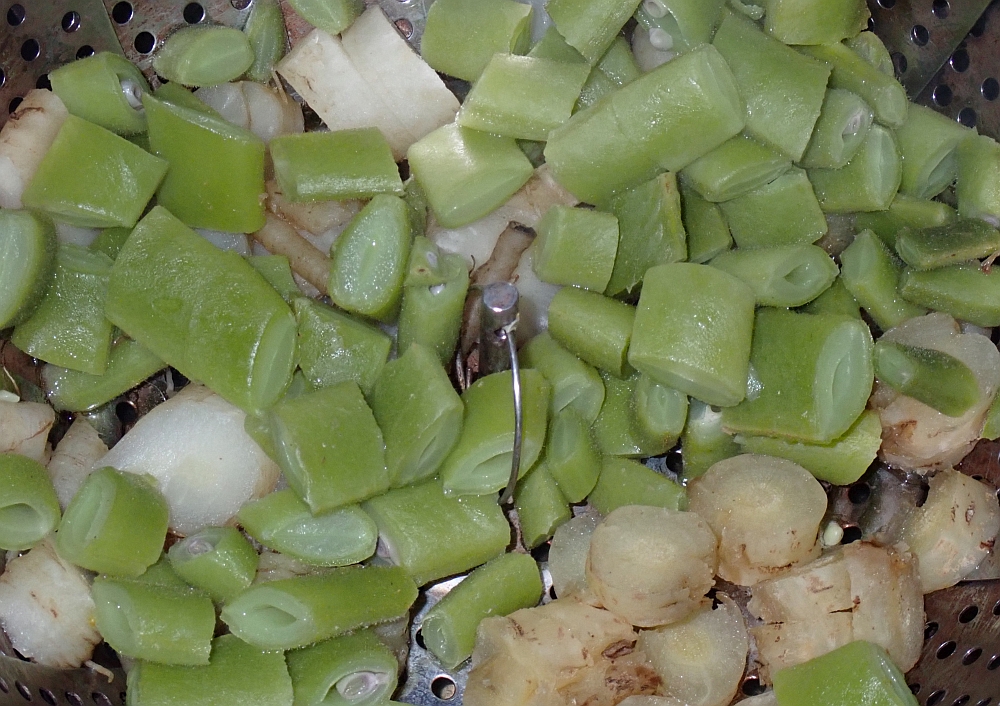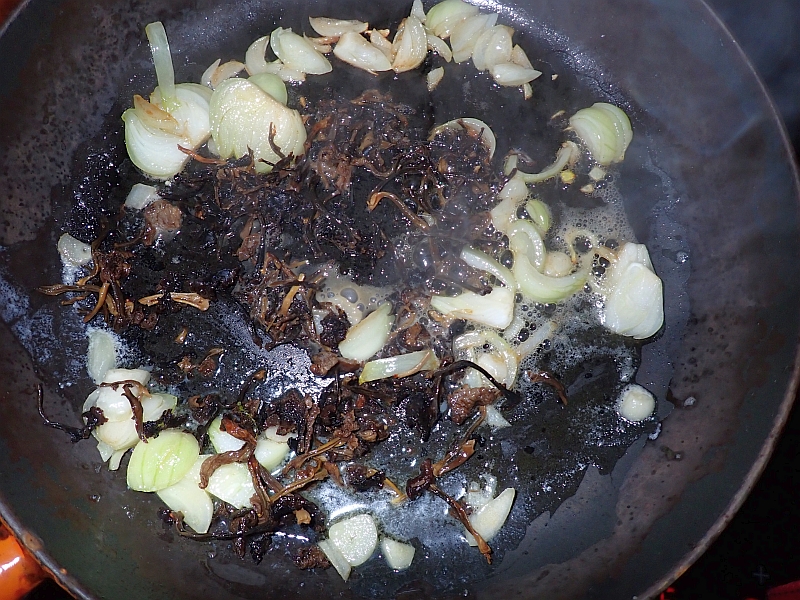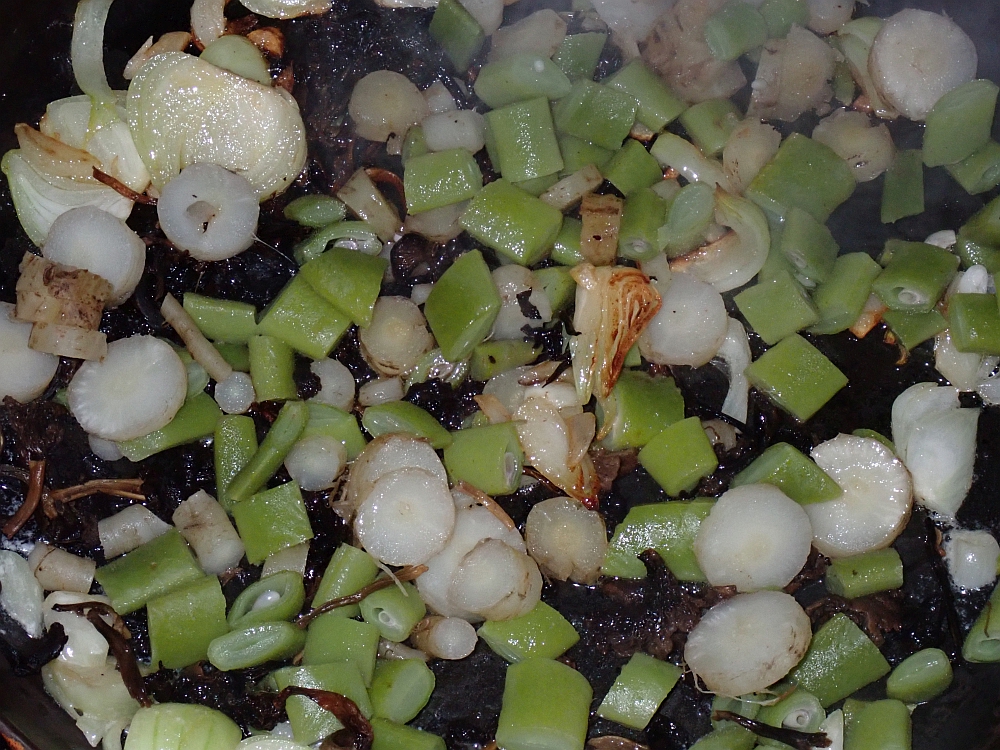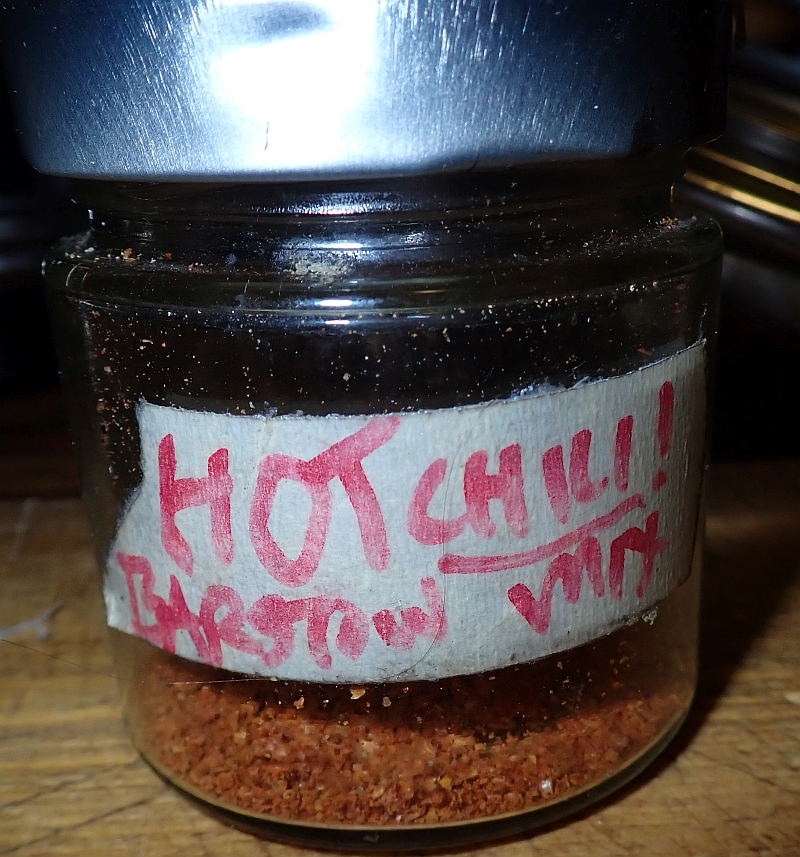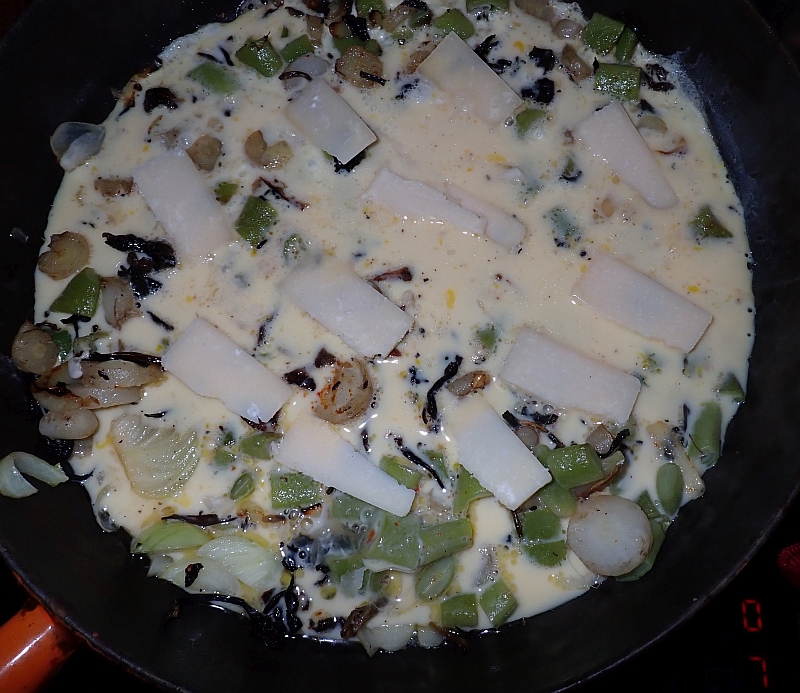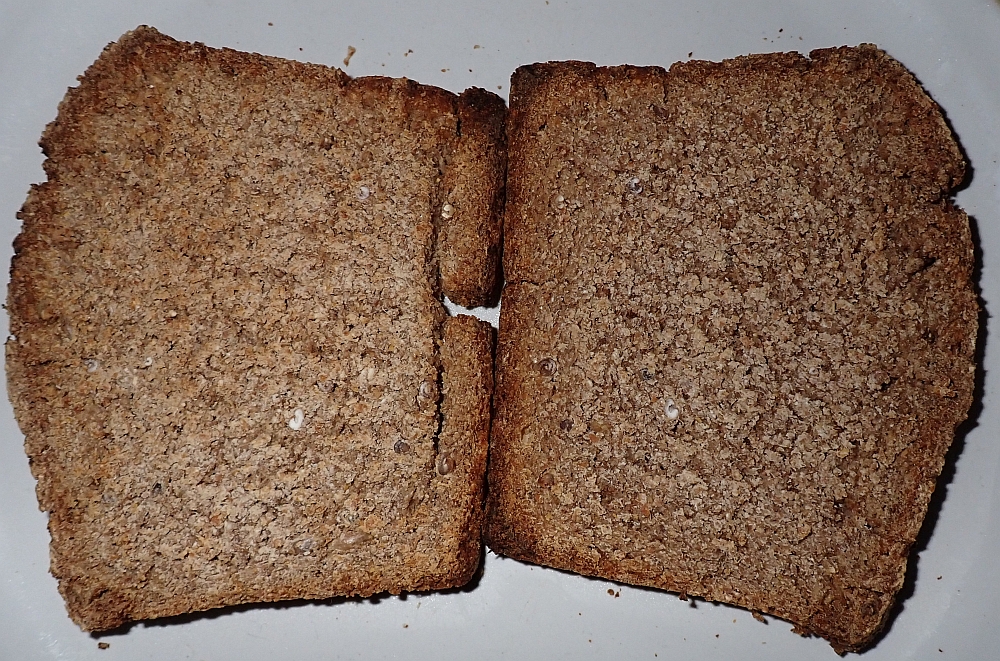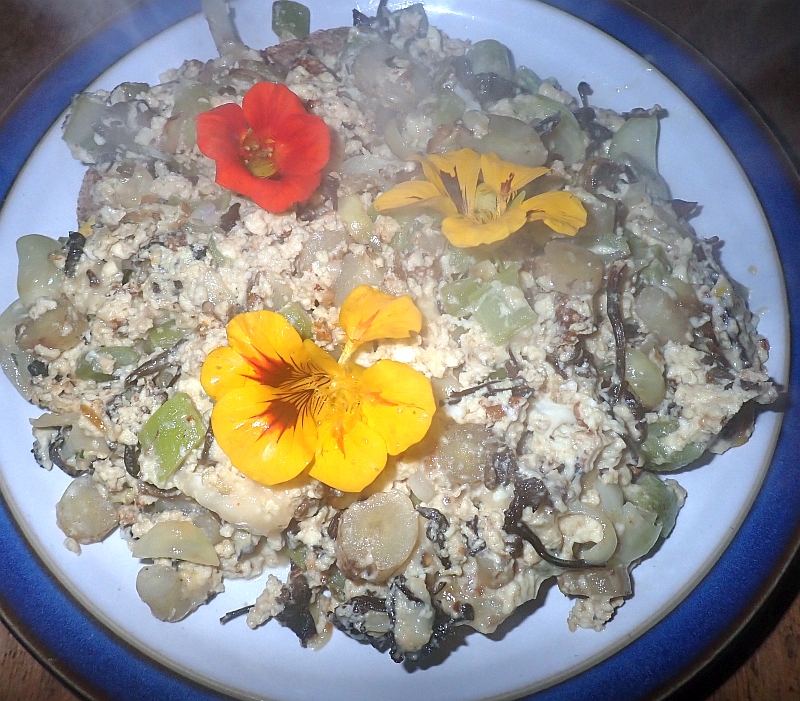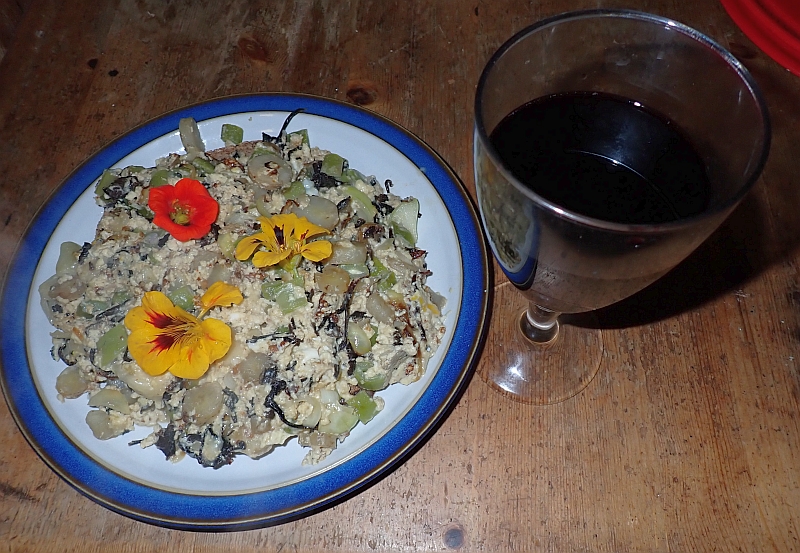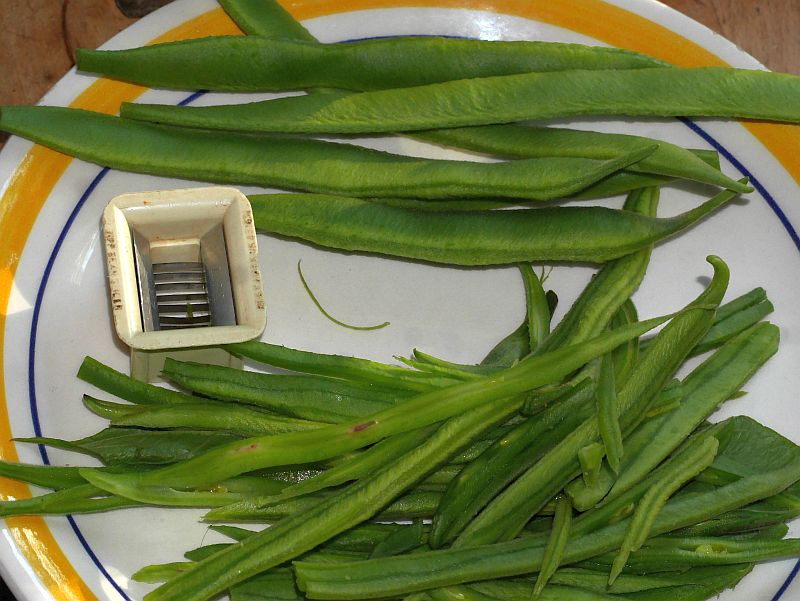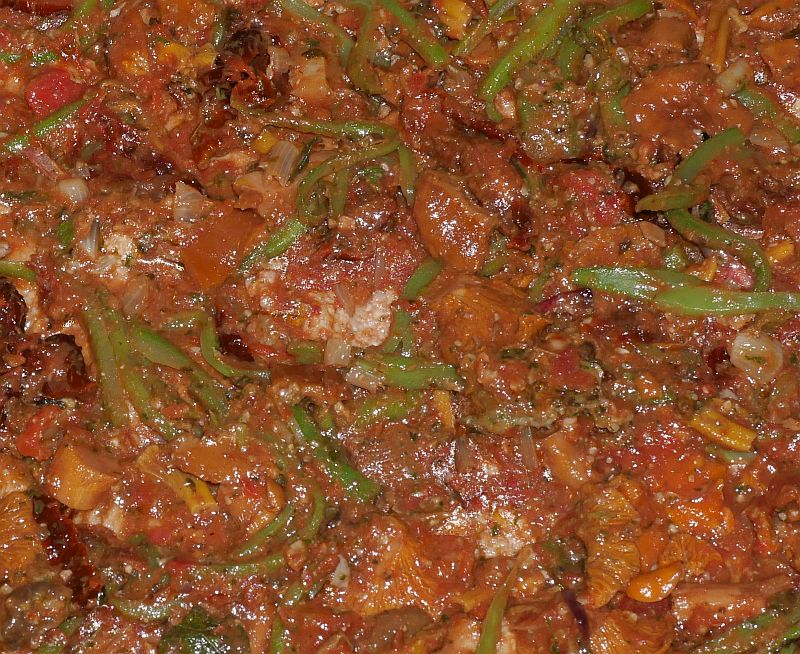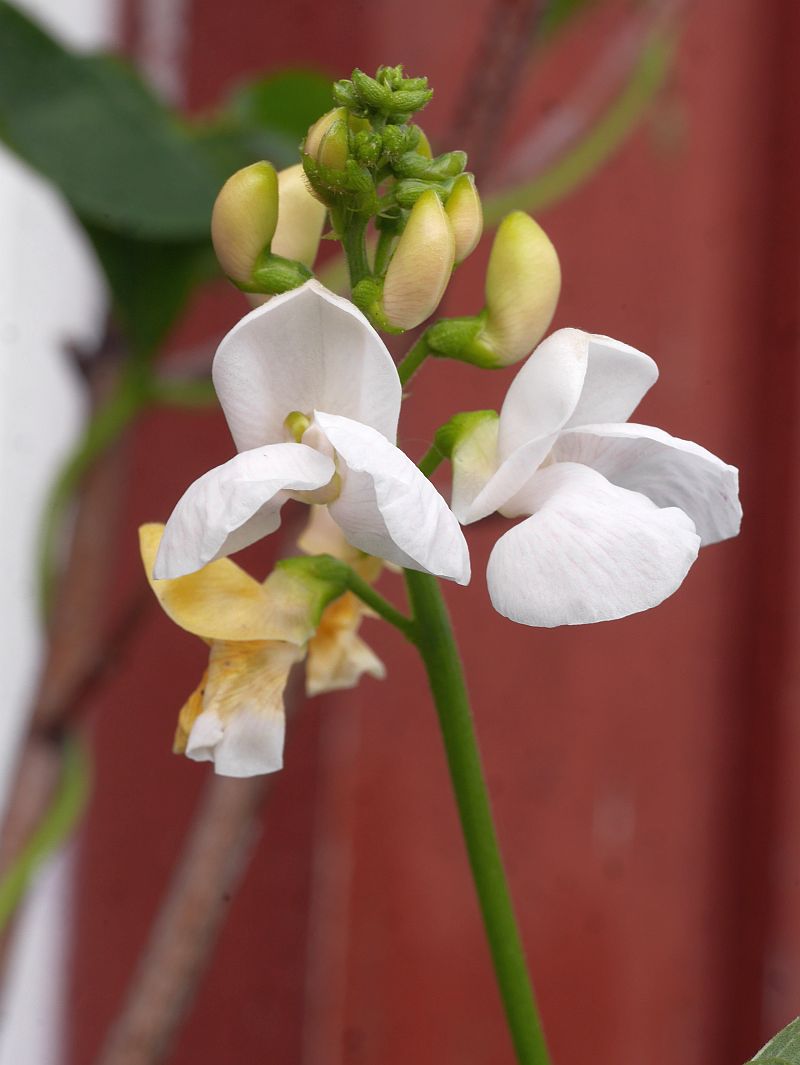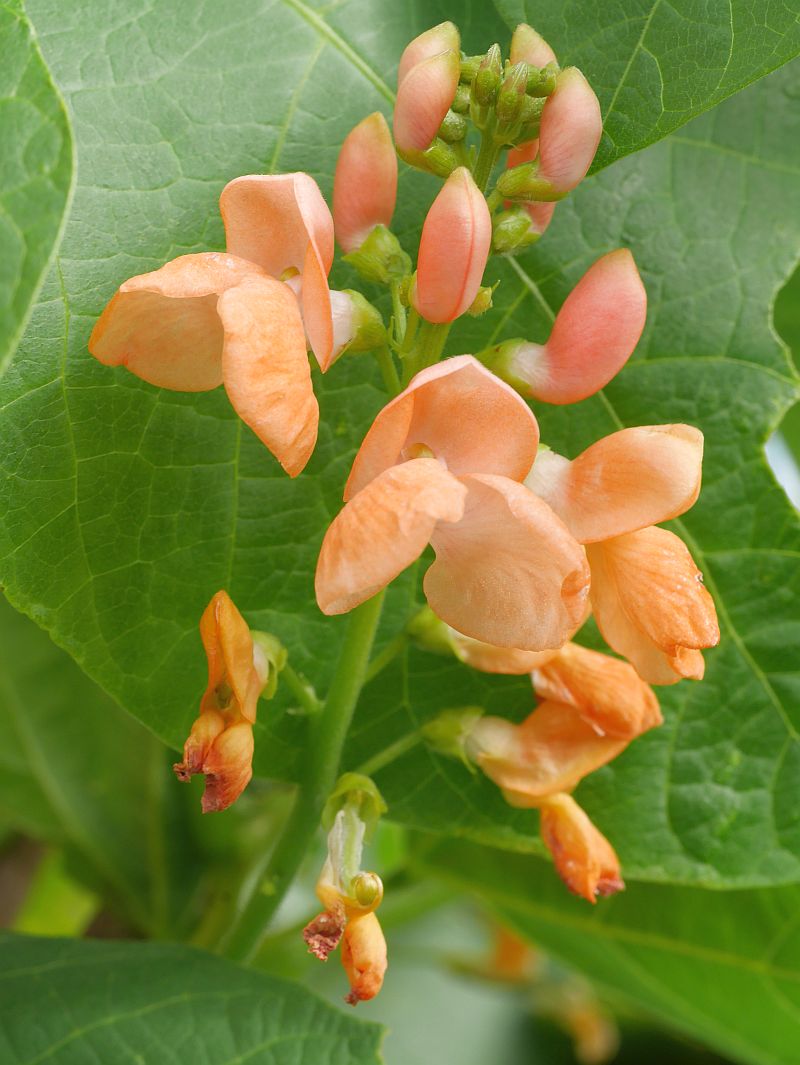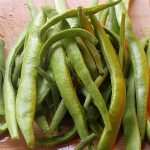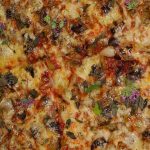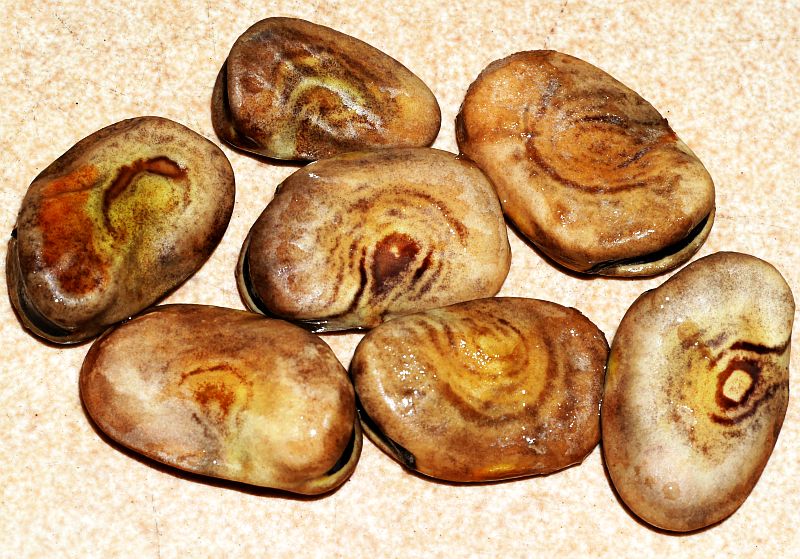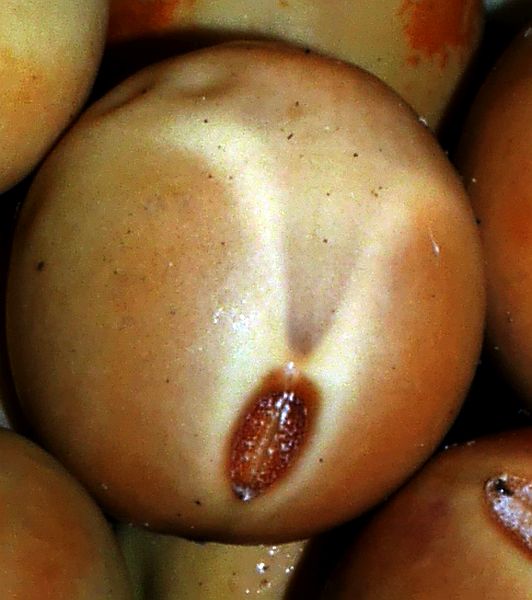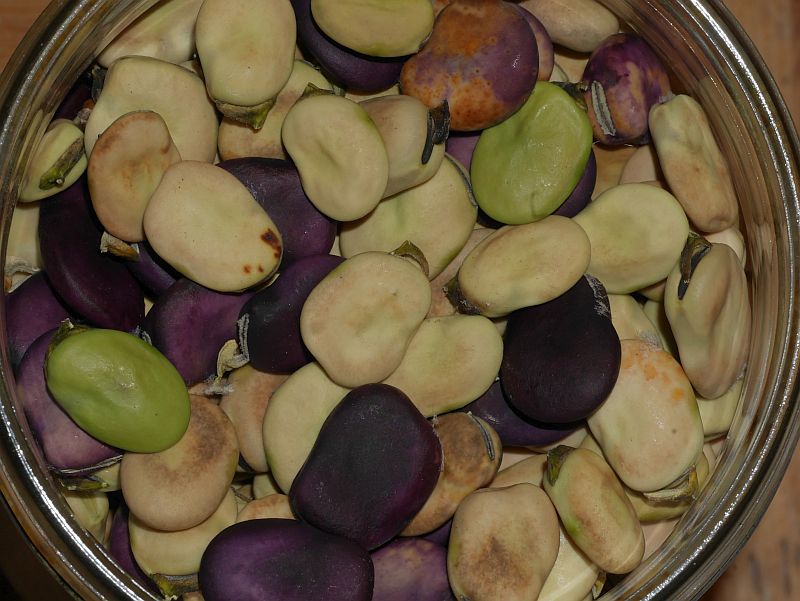After many years of trying, I managed to get a decent crop of dried runner beans / løpebønner* (Phaseolus coccineus). My own garden is a bit too cold due to the shady conditions on a rather windy spot. Last year I grew a selection of 15-20 early varieties sourced from the German gene bank IPK Gatersleben and commercial suppliers which I grew successfully in the sunnier community garden (Væres Venner).
They were made into delicious falafels, accompanied by living room grown Kandahar cress (karse) and wild buckwheat / vill bokhvete and turned into gourmet food with a couple of dandelion flowers from the windowsill!
*In Norwegian, these beans are known usually as blomsterbønner (flower beans) and most often used as an ornamental. I prefer to call them løpebønner to better reflect that these are much more than an ornamental!
Tag Archives: Runner Beans
Northern Runner Bean Grex
Last winter I sourced 16 of the earliest varieties of runner beans / løpebønner (Phaseolus coccineus), a bean that is marginal in maturing (for seed) in my area. I decided therefore to try and create an earlier maturing landrace for my area. The varieties I grew can be found at the bottom. They were started indoors and transplanted out in the Væres Venner Community Garden in Trondheim in early June, all planted close to each other. Here they are in flower in mid-August:
Despite a very wet autumn there was quite a good yield of mature beans; a good start!

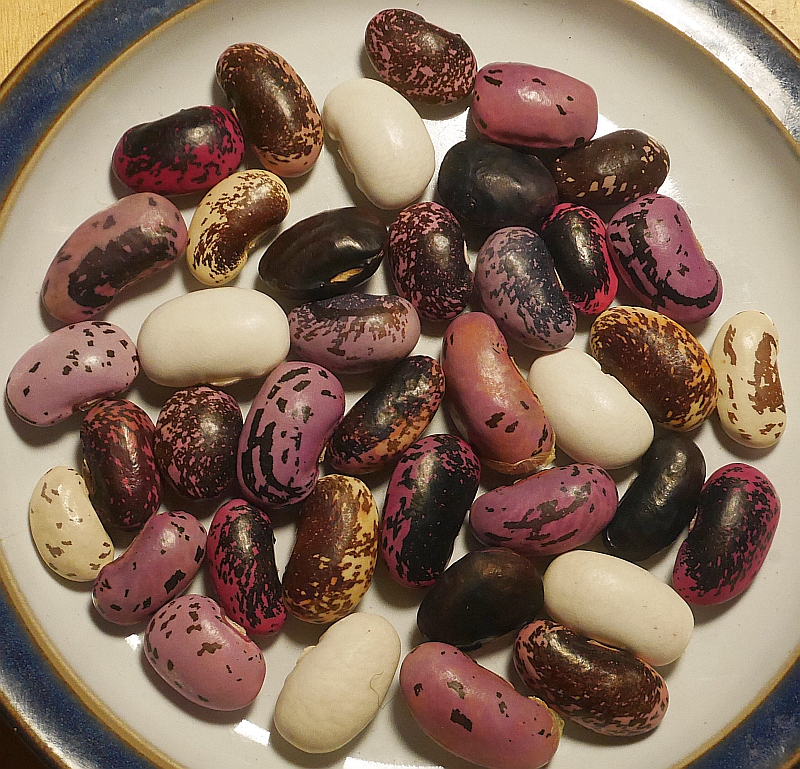
As with my broad bean grex, I will select for earliness and diversity of colour.
These varieties were used:
Polestar (Chiltern Seeds)
Celebration (Chiltern Seeds)
Jackpot (Chiltern Seeds)
Sunset
Ruusupapu (Finland)
Hammond’s Dwarf Scarlet
Preisewinner (PHAS 8592/ German) IPK Gatersleben
Bicolor (PHAS 212/ Slovakia) IPK Gatersleben
(PHAS 8106/ German) IPK Gatersleben
(PHAS 8158/ Slovakia) IPK Gatersleben
Albiflorus (PHAS 8121) IPK Gatersleben
Stengebohnen (PHAS 8143/ Netherlands) IPK Gatersleben
Albiflorus (PHAS 8117/ German) IPK Gatersleben
(PHAS 8124/ Austrian) IPK Gatersleben
Local runner bean landrace

Sweet cicely / chicory root scrambled egg
I had been asked if I had photos of the roots of chicory (sikkori) and sweet cicely (Spansk kjørvel) for a talk about wild edible roots. I therefore dug some from the garden.
Inspired by traditional Mediterranean ways of preparing wild and cultivated vegetables, I boiled the roots and they were then stir-fried with onions and winter chantarelle mushrooms before being added to scrambled egg (see the pictures for more).
All the roots on the perennial chicory were far too fibrous to eat, but the sweet cicely roots were good (at least the younger ones!)
More or less any vegetable can be prepared this way!
Simple is best!
Runner Bean harvest
As I wrote earlier, it looks like we may have a glut of runner beans (Phaseolus coccineus) this year, the first time for many years. Runner beans are borderline here and last year we only managed to get a few beans before the first frosts. This year, we could have made a first harvest a week ago, but I wanted to keep the first beans for seed for the next couple of years. Yesterday we had bread dough ready and therefore made a pizza with runner beans and a mix of fungi picked in the woods (separate post). The dough was 100% coarse whole grain rye, spelt and emmer (sourdough)! Delicious as always!
Edimental Runner Beans
My Dad (95) has always grown Runner Beans, so I have them in my blood. Moving to Norway, I was surprised to find that they were mostly grown as ornamental plants. Indeed, they are called Blomsterbønner (flowering beans) here. Similarly, broad (fava) beans were also rarely grown as a vegetable although both are being more commonly found in veggie gardens today.
However, my cool windy shady hillside garden isn’t ideal for growing runner beans (Phaseolus coccineus), really needing a warm south facing spot for reliable yields. However, being in my blood I have to grow them every year, but some years I wonder why I bother, but still hoping for that bumper yield that we had once many years ago. There were so many that we salted many for winter use.
Well, it looks like this year may finally be that year that my runner beans do crop well and there are already many young beans, perhaps a month earlier than normal, mainly due to the record warm June here when they grew almost as quickly as in Dad’s garden (we compare notes by phone every week!). However, a very cold July turned things around until things started moving again in August.
This year I’m growing four different varieties with different flower colour (we can at least enjoy the flowers!)
1. Celebration  2. Heirloom Painted Lady
2. Heirloom Painted Lady 3. Czar
3. Czar 4. Plain old red Firestorm
4. Plain old red Firestorm 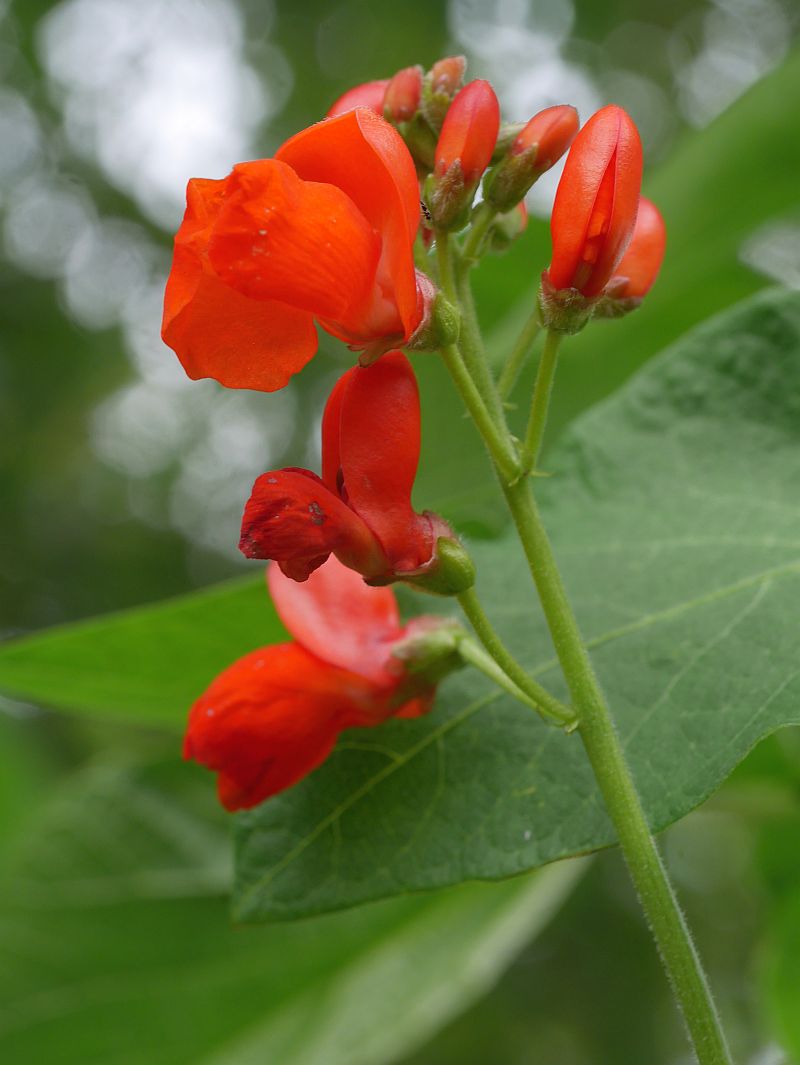
Towards a record early harvest
This summer we’ve experienced a big swing in temperatures from one month to the next…from a record cold May to a record warm June followed by most of July being also record cold. The warmth in June straight after planting my runner beans on 11th (later than normal) resulted in quick growth and by the end of July the earliest variety, two-toned Painted Lady was already in flower, a month earlier than a normal year (if there is such a thing as normal anymore)….so maybe we are heading for a record crop, where runner beans are marginal and almost never give a good sized crop: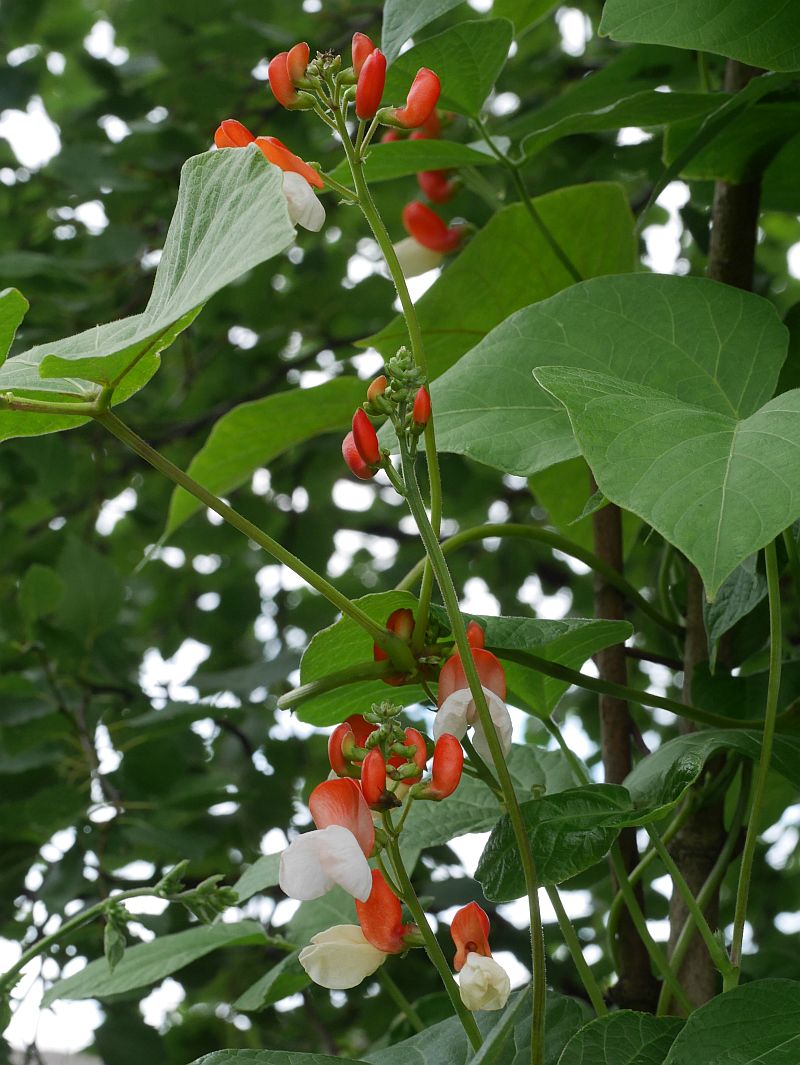
My courgettes (zucchini), planted out on 14th June on my shady composting area (no more than 2 hours of direct sunshine) also started cropping very early at the end of August: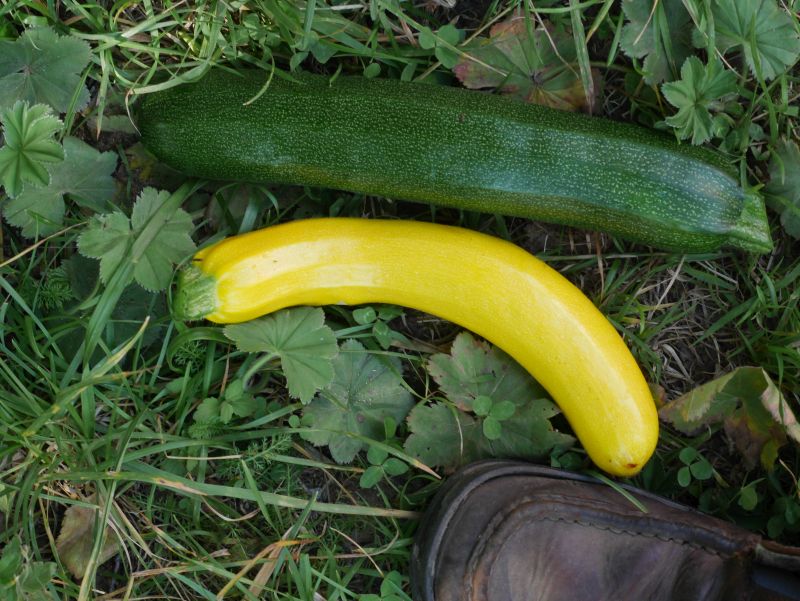
Finally, I was surprised when folk told me last year that their Worcesterberries (a selection of Ribes divaricatum) ripened in July. I’m usually eating mine from the middle of September to the first frosts late in October, but they are also turning colour already:
Runner bean pizza
Pea and broad bean diversity
Climate Festival garden tours!
050916: Added some pictures taken during the first tour by Elin Anita Mosbakk. Thank you!

